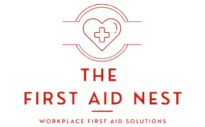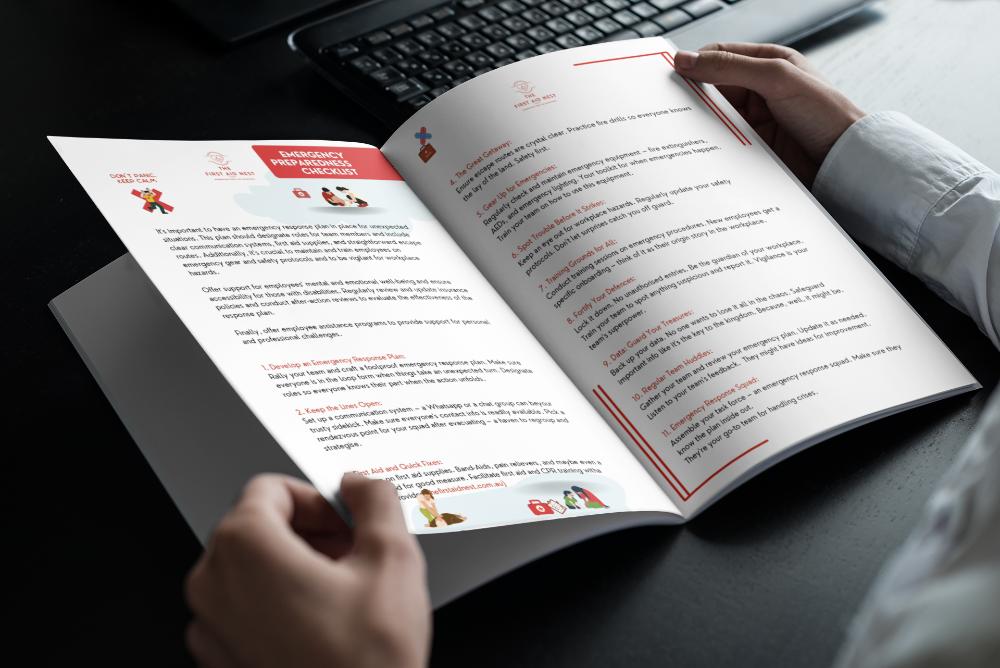First Aid for Children with Disabilities: Tailoring To Additional Needs
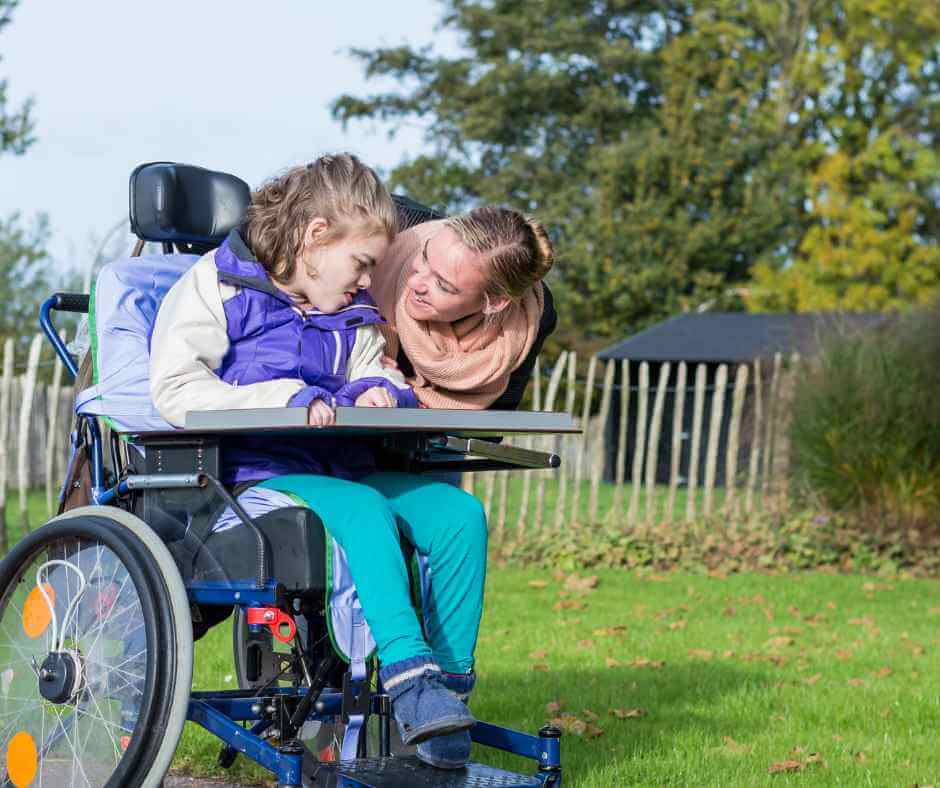
Every child is unique, requiring a distinctive approach to care, love, and guidance.
For children with disabilities, this uniqueness extends to their health and safety needs, particularly when it comes to first aid.
Traditional first aid techniques might not always be effective or suitable for every child, especially those with physical or cognitive disabilities.
This compels us to rethink and adapt our strategies, ensuring that each child receives care tailored to their specific needs.
In this blog, we’ll delve into adaptive first aid techniques designed for children with disabilities.
Our goal is to empower parents, caregivers, educators, and anyone involved in the well-being of these children, with knowledge and tools that respect and address the individual requirements of each child. After all, every child deserves care that’s as unique as they are.
Understanding the Challenge
Children with disabilities often need special attention and care in emergency situations due to some factors such as limited mobility, communication barriers, sensory sensitivities, or medical complications.
Traditional first aid approaches may not fully address their specific needs, making it essential to adapt approaches to their situations. A comprehensive understanding of the child’s condition, combined with training, is required to ensure their safety.
First-aid and Caring for Children with Disabilities
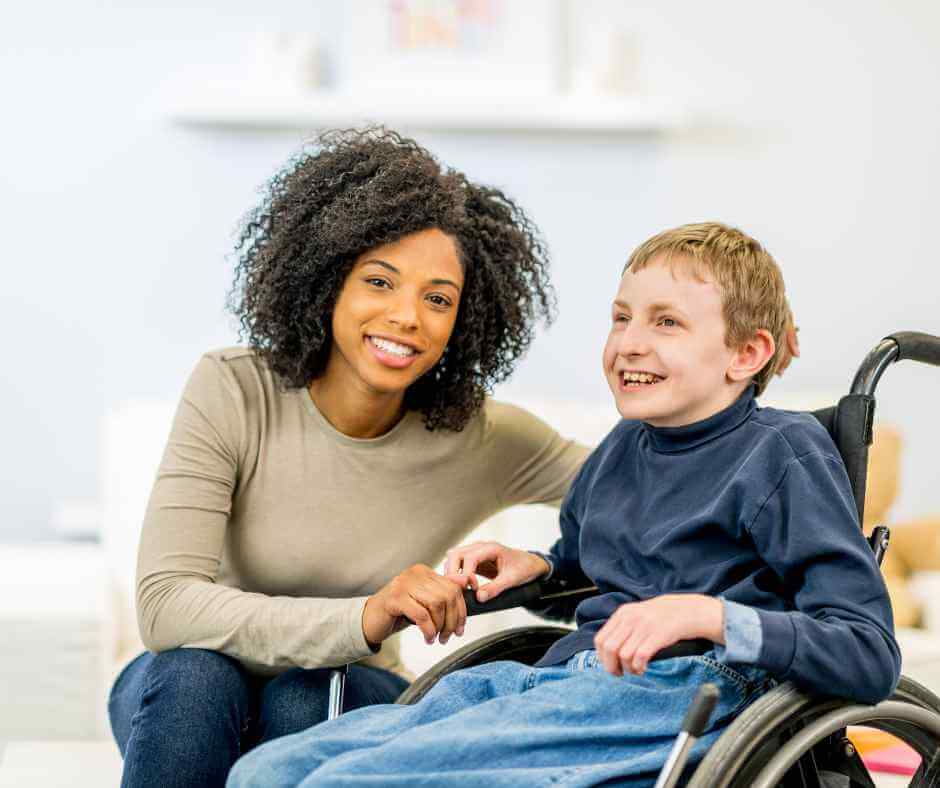
Children with disabilities may be at a higher risk of experiencing injuries, accidents, and illnesses due to a range of factors. It’s crucial to remember that the type and severity of the disability can influence these risks, and not all children with disabilities are at an increased risk. Some reasons include:
1. Physical Limitations: Children with mobility challenges may have difficulty moving away from dangers quickly or may be more prone to falls. For instance, a child with cerebral palsy may have muscle spasms or trouble with balance.
2. Cognitive Impairments: Children with cognitive or developmental disabilities might not recognize dangers as readily as other children. For example, they might not understand that a stove is hot or that a sharp object can cause injury.
3. Communication Challenges: A child with a speech or communication disorder may have difficulty expressing pain, discomfort, or the fact that they feel unwell, leading to delays in getting appropriate care.
4. Sensory Impairments: Children with visual or hearing impairments might not perceive dangers in their environment. A child with a hearing impairment might not hear an oncoming car, for example.
5. Medication Side Effects: Some children with disabilities require medication that can have side effects, including dizziness, which can increase the risk of falls or other injuries.
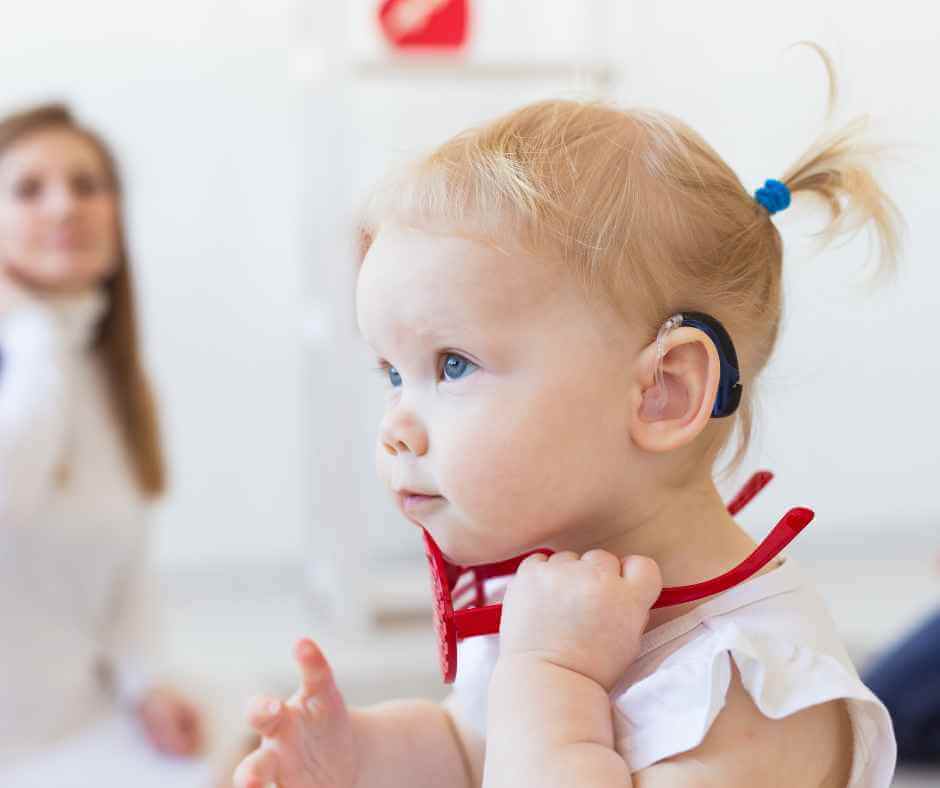
6. Vulnerability to Abuse: Sadly, children with disabilities can be more vulnerable to abuse, both physical and emotional. They may be targeted due to their perceived vulnerability or inability to communicate about the abuse.
7. Limited Access: Children with disabilities might not always have access to safety equipment tailored to their needs. For instance, a wheelchair-bound child might not have an appropriately fitted seatbelt in a car.
8. Chronic Health Issues: Some disabilities come with associated health issues. For example, children with Down syndrome may have congenital heart defects, making them more susceptible to certain illnesses.
9. Lack of Understanding from Caregivers or Peers: Sometimes, caregivers, teachers, or peers might not fully understand a child’s disability, leading to situations where the child might be at risk. For example, a child with epilepsy might experience a seizure, and if those around them are unprepared, it could result in injury.
10. Environmental Factors: Some environments might not be adequately adapted for children with disabilities, presenting hazards. For example, a playground without ramps or soft surfaces might be risky for a child with physical disabilities.
It’s important to ensure that children with disabilities are provided with the necessary tools, understanding, and environments to reduce these risks. Regular assessments, tailored safety measures, and community and caregiver education can all play a role in keeping children with disabilities safe.
What can we do?
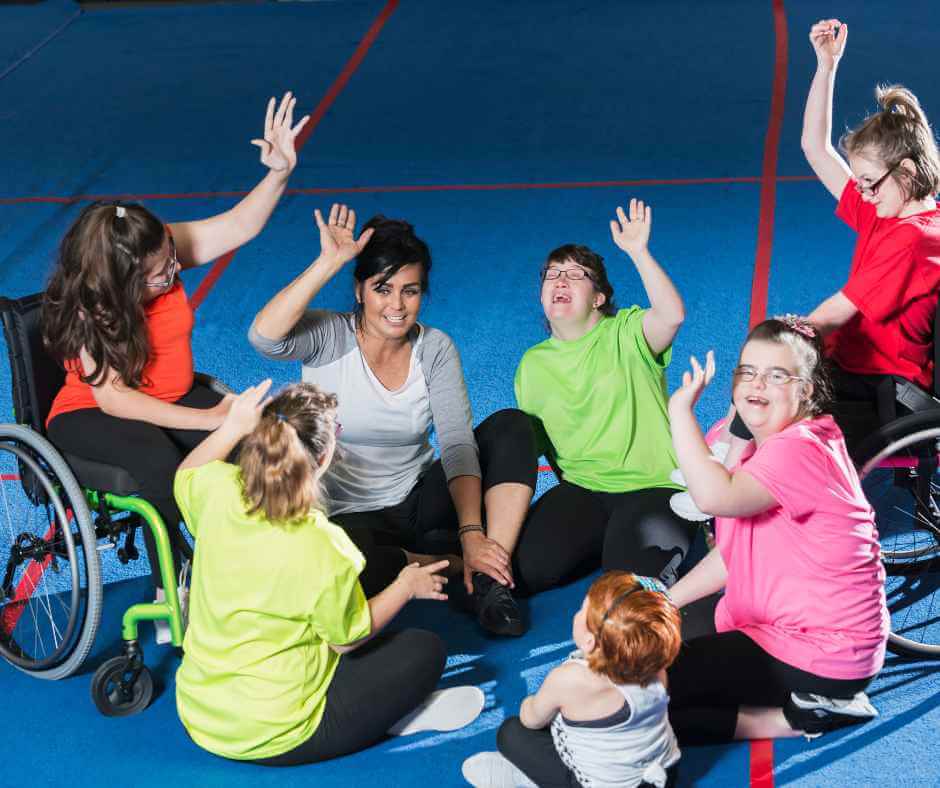
- Assess the situation.
- Move your child to a safe area/location if safe to do so.
- Remain calm
- Reassure the child and provide clear and simple explanations of the situation
- Apply basic first aid for minor injuries such as scrapes, cuts, bruises, wounds, and minor burn.
- Call 000 or any emergency numbers for symptoms:
- Unconsciousness
- Difficulty breathing
- Fractures
- Severe burns
- Chest pain
- Severe bleeding
- Continuously monitor the child’s condition and communicate any changes to medical professionals when they arrive.
Key Elements of Providing First Aid to Children with Disabilities
- Preparedness: Parents and caregivers should be well-prepared. This requires a thorough understanding of the child’s disability, including triggers, communication preferences, and medical needs.
- Effective Communication: Communication can be challenging for us and for our children. Learning basic sign language or using alternative communication tools can help medical professionals understand the child’s needs.
- Mobility and Positioning: Children with physical disabilities may have limited mobility or be confined to a wheelchair. While administering care, it is important to ensure their comfort and safety. This could include adjusting positioning or providing support to prevent further harm.
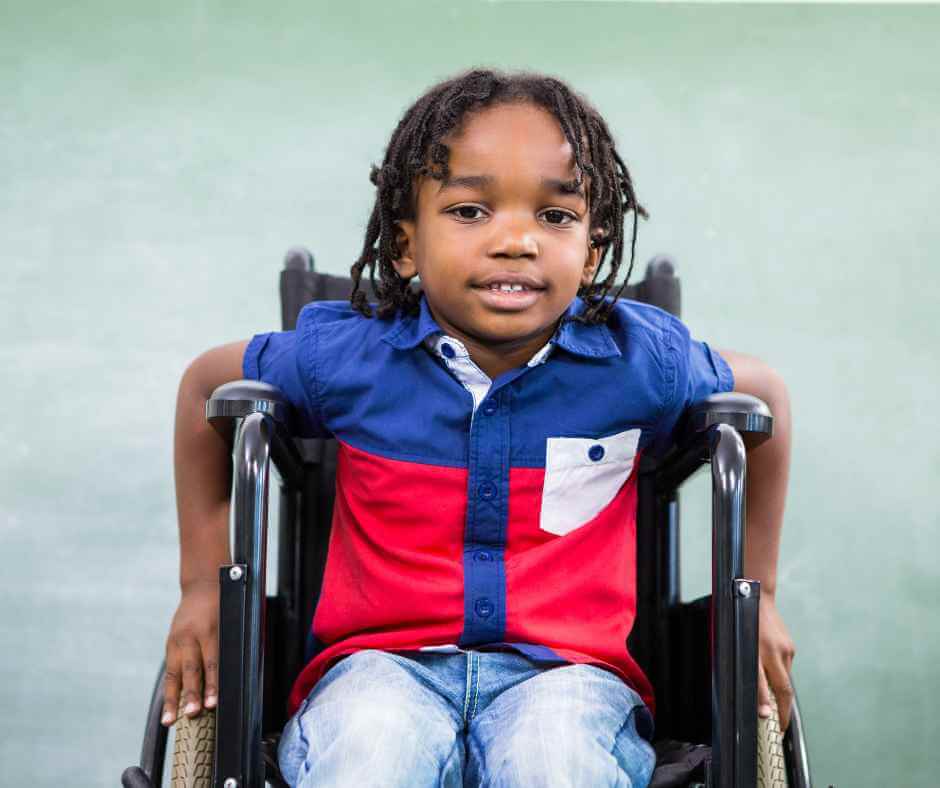
5. Sensory Sensitivities: Many children with disabilities have sensory sensitivities. Bright lights, loud noises, or sudden touch could cause distress. We should be aware of these sensitivities and adapt their approach accordingly.
6. Medical Complexity: Some disabilities are associated with underlying medical conditions that we must be aware of. Tailoring first aid while considering these conditions can make a big difference in the outcome.
7. Behavioral Understanding: During an emergency, children with cognitive disabilities might exhibit behaviors that are misinterpreted. Learning how to recognise and appropriately respond to these behaviors can ensure a more accurate assessment of the situation.
8. Show Empathy and Patience: Approach each child with patience and empathy. Understand that providing care may take longer due to their special needs. Pay close attention to their responses and cues.
Gain Knowledge and Skills
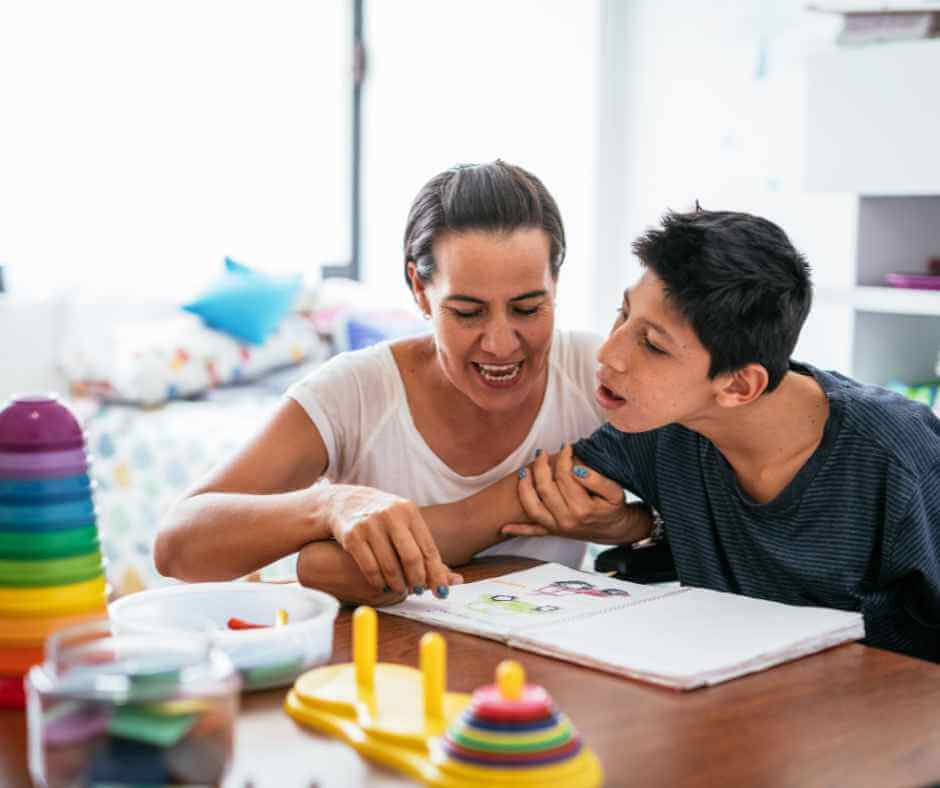
Enrolling in a first-aid course can help us to be prepared and act quickly when an emergency situation happens.
Providing care for kids with disabilities requires a personalised and compassionate approach. You can provide effective care that respects their individuality and promotes their well-being by understanding their disability, adapting their communication, creating a supportive environment, and working with professionals.
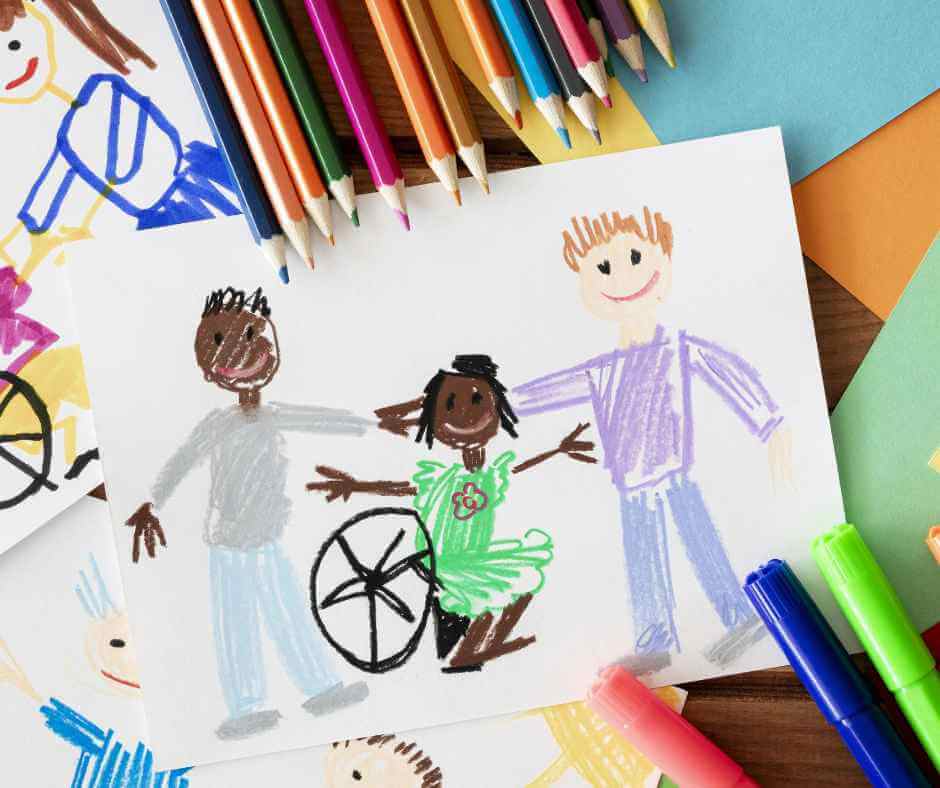
Every child needs a safe place; an adult who will always take care of them in every situation.
We can create a safe place for all children by raising awareness, embracing inclusive training, and cultivating a community of well-prepared parents and caregivers. The path to exceptional care begins with empathy and knowledge, and each step we take brings us closer to a more inclusive and supportive world in which every child, regardless of ability, receives the care they deserve.
Want more? We’ve got you covered…
Our Baby First Aid Courses
Our baby first aid courses are available in person in your home and online. We run classes in your home with groups of 2, 4 or up to 10 in Sydney & Melbourne and you can book in 3 easy steps!
- Pick your class
- Follow the prompts to purchase
- We will contact you within 24 hours to lock in your date of choice
Our First Aid Certificate Courses
We run most of the popular first aid courses Australia wide. HLTAID011 Provide First Aid, HLTAID009 Provide CPR, HLTAID012 Provide First Aid in an Education & Care Setting, RAMOAP (anaphylaxis), Mental Health first aid and CPR/LVR to name a few.
Book your public spot online or contact us if you have a group of 5+ people for onsite training.
Here are some other resources you may enjoy!
FREE GUIDE: Your Virtual Baby First Aid Kit
FREE GUIDE: Introducing Common Allergy Foods & Allergic Reactions
FREE Workplace Emergency Preparedness Plan: Grab this at the bottom of every page!
Follow for baby & child first aid and allergy info and tips on Instagram & TikTok, all @thenestcpr
